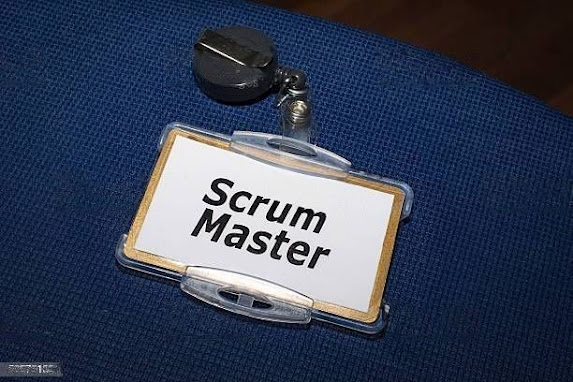Product Owner : Roles and Responsibilities
A product owner is a critical role in any software development project. They are responsible for defining and prioritizing the features and functionality of the product, ensuring that the team is aligned with the project’s goals and objectives, and making key decisions related to the product’s development. In this article, we will delve into the roles and responsibilities of a product owner and how they play a crucial role in the success of a software development project.
who is a product owner?
A Product Owner is a role in software development responsible for defining, prioritizing, and communicating the features and requirements of a product. They act as the voice of the customer, ensuring that the product being developed meets the needs of the target audience and meets the business objectives. The Product Owner works closely with the development team and stakeholders to ensure that the product is aligned with the project’s goals and objectives, and makes key decisions related to the product’s development. The Product Owner is responsible for ensuring that the product is of high quality and meets the needs of the users, and continuously assesses and improves the product based on feedback from the users and stakeholders.
why do we need a product owner?
A Product Owner is needed in software development for several reasons:
- Customer Focus: A Product Owner serves as the voice of the customer, ensuring that the product being developed meets the needs of the target audience. They have a deep understanding of the market, competition, and target audience, and are able to prioritize the features and functionalities that are most important to the users.
- Alignment with Business Objectives: The Product Owner works closely with stakeholders to ensure that the product is aligned with the project’s goals and objectives. They are responsible for making decisions that balance the needs of the stakeholders with the development team’s capabilities to create a product that meets the business objectives.
- Improved Communication: The Product Owner is the main point of contact between the development team and stakeholders. They are responsible for effectively communicating the project’s progress, addressing any concerns or issues, and ensuring that everyone is informed about the product’s development.
- Clear Prioritization: The Product Owner is responsible for prioritizing the product backlog, which is a list of features and functionalities that need to be developed. They work closely with the development team to understand the feasibility of each item on the backlog and determine the best way to prioritize them.
- Continuous Improvement: The Product Owner is responsible for continuously improving the product based on feedback from the users and stakeholders. They must be able to assess the performance of the product and make changes as needed to improve its functionality and user experience.
- Product Vision: The product owner is responsible for creating and communicating a clear vision of the product to the development team. They must have a deep understanding of the target audience, market, and competition to be able to create a product that meets the needs of the users.
- Prioritization: The product owner is responsible for prioritizing the product backlog, which is a list of features and functionalities that need to be developed. They work closely with the development team to understand the feasibility of each item on the backlog and determine the best way to prioritize them.
- Stakeholder Management: The product owner is the main point of contact between the development team and stakeholders, including the client, investors, and customers. They must effectively communicate the project’s progress, address any concerns or issues, and ensure that the stakeholders are informed about the product’s development.
- Requirements Gathering: The product owner is responsible for gathering and documenting the requirements for the product. They must have a deep understanding of the product’s capabilities and limitations and be able to articulate the requirements in a way that is clear and concise for the development team.
- Decision Making: The product owner is the key decision-maker for the product. They must make important decisions related to the product’s development, such as choosing between different features, defining the scope of the project, and determining the budget.
- Continuous Improvement: The product owner is responsible for continuously improving the product based on feedback from the users and stakeholders. They must be able to assess the performance of the product and make changes as needed to improve its functionality and user experience.
In this comprehensive program, you will learn all the essential skills and knowledge required to succeed as a Product Owner. Our experienced trainers will guide you through the Agile methodology, Scrum framework, and product ownership concepts to help you become a confident and effective Product Owner.
By completing this certification, you will be equipped with the tools and knowledge to manage product development, prioritize features, and make key decisions related to the product’s development. The CSPO certification is recognized globally and is a testament to your commitment to excellence in product ownership.
Join Learners Ink and kick-start your professional journey as a Product Owner today! Get certified, get ahead, and make a real impact in your career. Enroll now and take the first step towards a successful and fulfilling career as a Product Owner.




Comments
Post a Comment